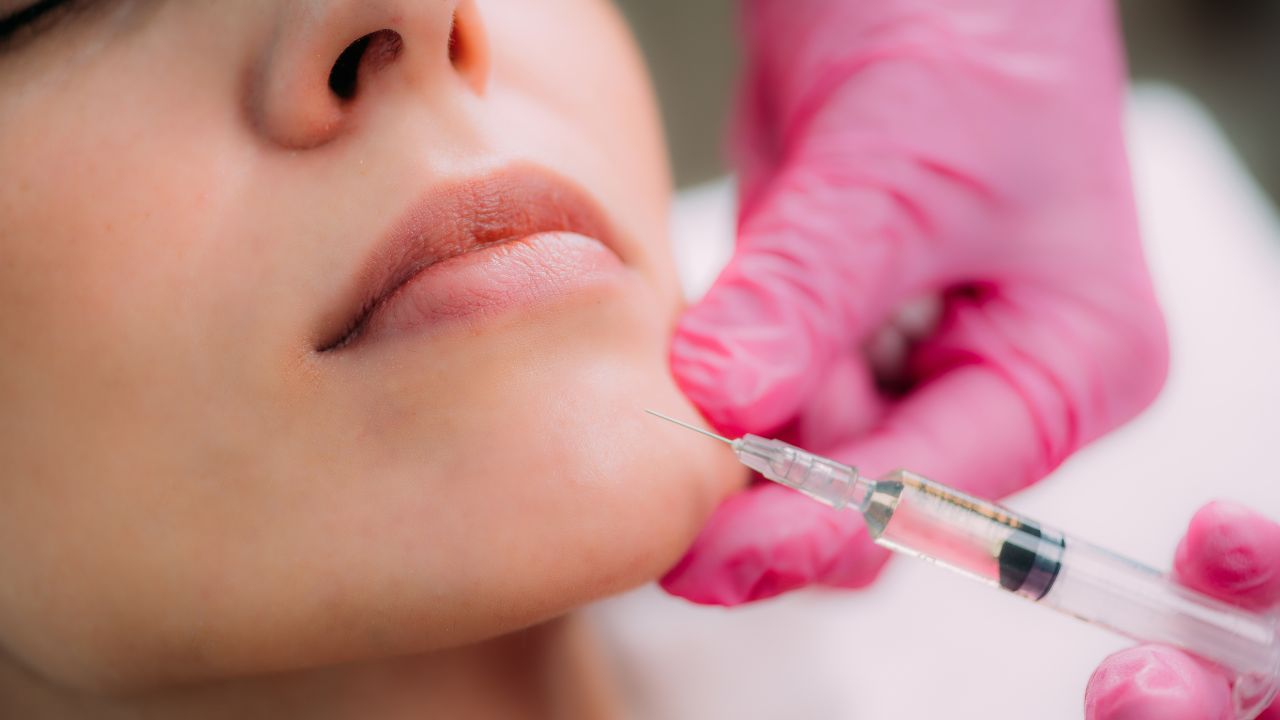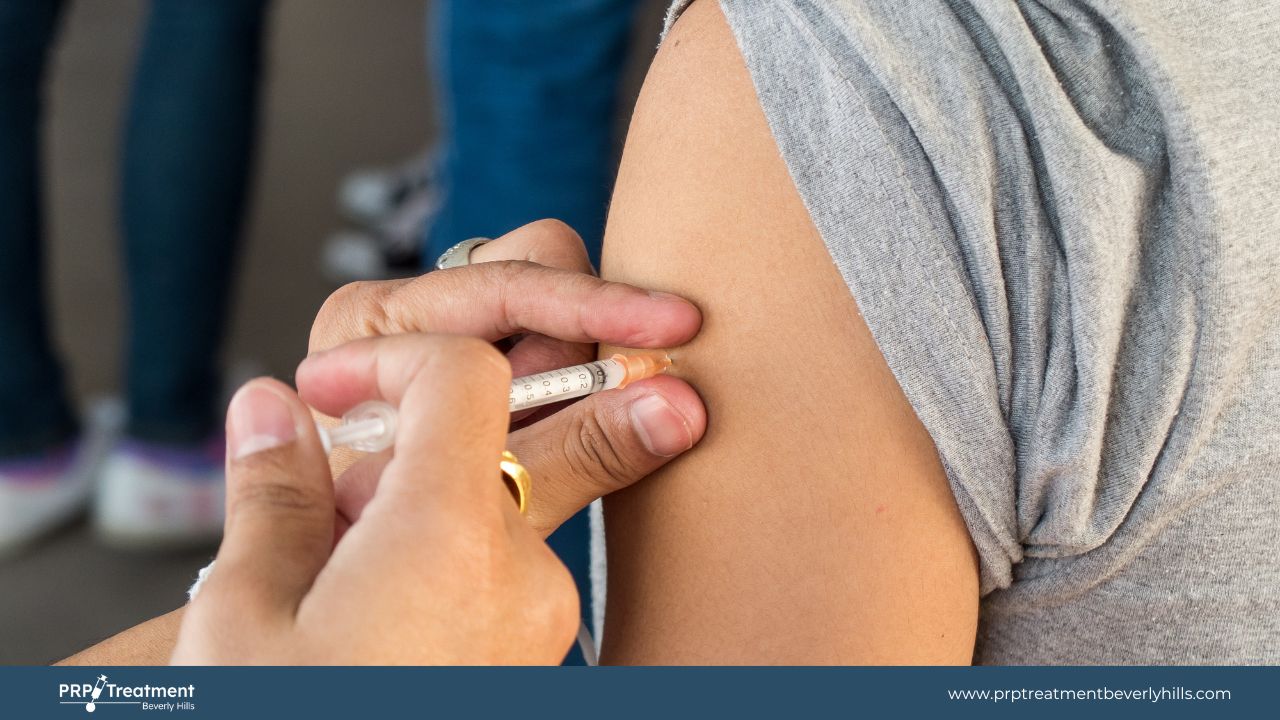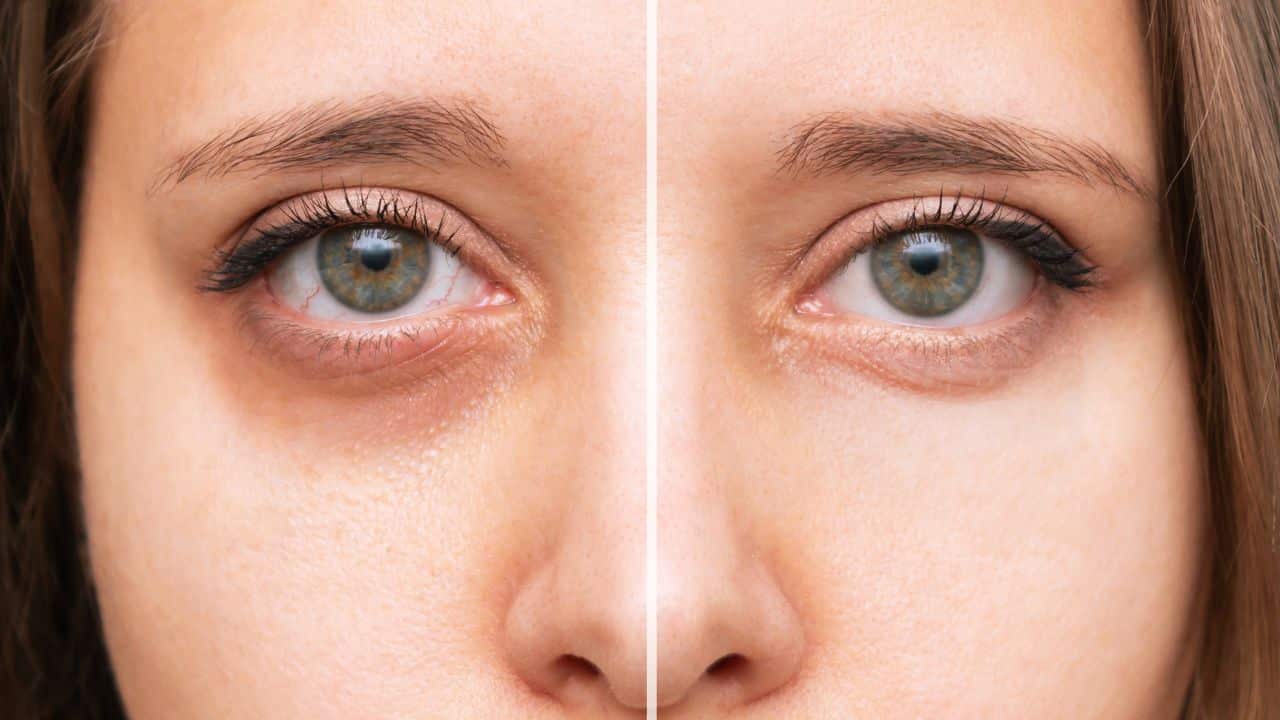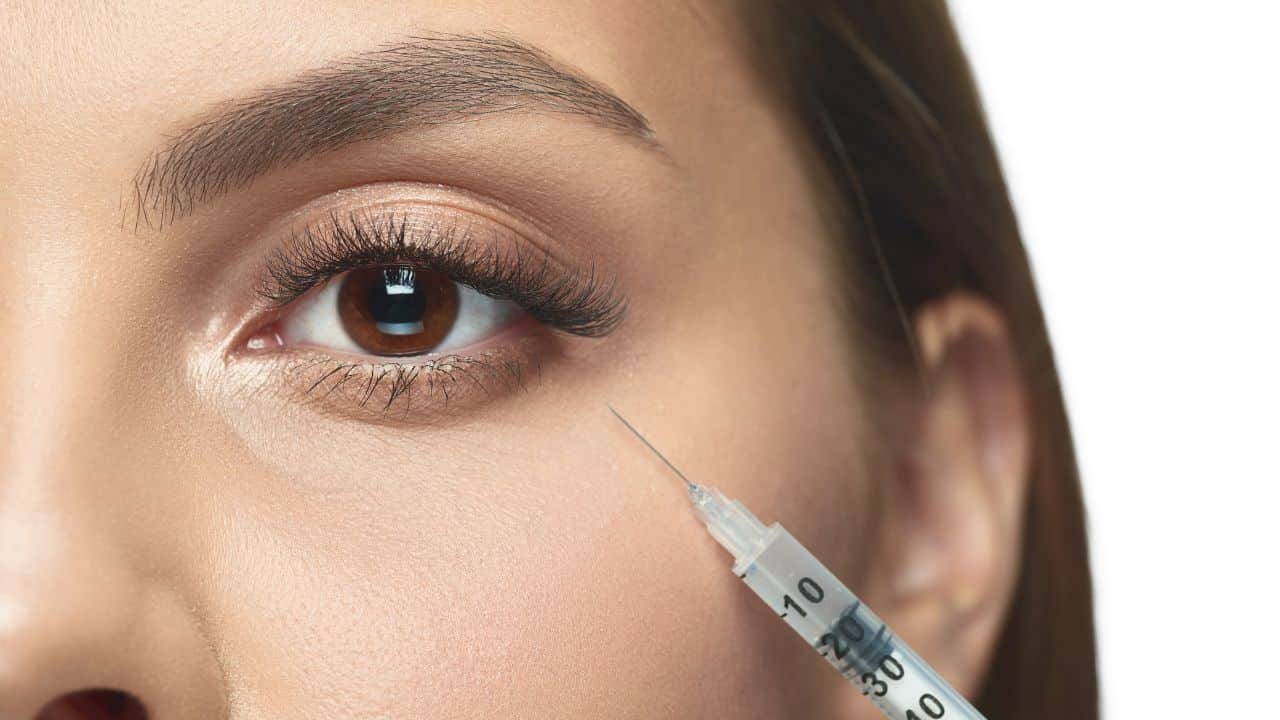Are you struggling with chronic pain and looking for a solution? If so, you may have heard of Prolotherapy and Platelet-rich Plasma (PRP) Therapy as potential treatment options.
Both therapies have been gaining popularity in recent years for their potential to alleviate pain and improve function. But how do you know which one is right for you?
This comprehensive guide will explore the differences and benefits of Prolotherapy and PRP Therapy and help you make an informed decision for maximum pain relief.
Prolotherapy vs PRP: Overview
| Comparison Point | Prolotherapy | Platelet-rich Plasma (PRP) |
| Purpose | Stimulation of healing and regrowth in tendons and ligaments. | Acceleration of healing in soft tissue injuries and arthritis. |
| Method | Injection of a solution (often dextrose) into the affected area. | Injection of a concentrated dose of the patient’s platelets into the affected area. |
| Time frame | Multiple sessions spaced weeks or months apart. | Usually, a single session, with follow-up visits as needed. |
| Evidence level | Some studies have shown effectiveness, but more research is needed. | Evidence for effectiveness is limited, but some studies suggest potential benefits. |
| Side effects | Rare, minor side effects possible. | Rare, minor side effects are possible, including pain, swelling, and infection. |
Prolotherapy vs PRP: In Details
Prolotherapy and Platelet-rich Plasma (PRP) are two regenerative therapies used to treat soft tissue injuries and arthritis. The main differences between the two include the purpose, method, time frame, and potential side effects.
Purpose
The goal of prolotherapy is to stimulate the healing and regrowth of tendons and ligaments by irritating the affected area with a solution, typically dextrose.
On the other hand, PRP aims to accelerate healing in soft tissue injuries and arthritis by injecting a concentrated dose of the patient’s platelets into the affected area.
Method
Prolotherapy involves injecting a solution into the affected area, while PRP involves injecting the patient’s platelets.
Time Frame
Prolotherapy usually requires multiple sessions spaced several weeks or months apart. PRP is usually a single session with follow-up visits as needed.
Side Effects
Both prolotherapy and PRP have the potential for rare, minor side effects, such as pain, swelling, and infection.
While prolotherapy and PRP aim to treat soft tissue injuries and arthritis, they differ in the method and time required to achieve the desired results and the potential side effects.
Is PRP more Effective than Prolotherapy?
The effectiveness of Platelet-rich Plasma (PRP) versus prolotherapy is a subject of ongoing debate and research. While some studies have suggested that PRP may be more effective than prolotherapy in certain cases, other studies have found no significant difference between the two treatments.
The choice between PRP and prolotherapy will depend on various factors, including
- The nature and severity of the injury
- The individual’s specific needs and medical history, and
- The healthcare provider’s expertise and experience with each treatment.
Is It Safe To Take PRP And Prolotherapy Together?
There is limited research on the safety and efficacy of combining prolotherapy and Platelet-rich Plasma (PRP) treatments.
Some studies suggest that combining the two therapies into Platelet-Rich Plasma Prolotherapy (PRPR) may synergistically enhance the healing process, especially for tennis elbow, jaw, neck, and shoulder pain.
However, more research is needed to confirm these findings and to fully understand the potential risks and benefits of combining these therapies.
It’s essential to consult with a qualified healthcare provider before undergoing any medical procedure, including a combination of prolotherapy and PRP. They can assess your case, review your medical history, and help determine the best treatment for your needs.

What Are Prolotherapy Dangers?
Prolotherapy is relatively safe, but like any medical procedure, there are potential risks and side effects. These can include:
- Pain and swelling at the injection site
- Bruising
- Infection
- Nerve damage
- Allergic reactions to the solution used in the injection
- Tissue damage or injury
- Temporary worsening of symptoms
Who Should Not Get Prolotherapy?
Prolotherapy may not be suitable for everyone, and specific individuals should not receive this treatment. This can include
- People with bleeding disorders or taking blood-thinning medication, as they are at increased risk of bleeding or bruising.
- People with active infections in the area where the injection will be given.
- People with a history of allergies or adverse reactions to the solution used in the injection.
- Women who are pregnant or breastfeeding.
- People with cancer or who have had cancer in the past, as prolotherapy can stimulate cell growth and may exacerbate cancerous growths.
- People with compromised immune systems as they are at increased risk of infection.
- People with advanced or severe degenerative joint conditions, as prolotherapy may not be effective in these cases.
What Is The Success Rate Of Prolotherapy?

The success rate of prolotherapy varies depending on the individual and the specific condition being treated. However, some studies have found that prolotherapy can effectively reduce pain and improve function in individuals with chronic musculoskeletal conditions, such as osteoarthritis and chronic low back pain.
In general, the success of prolotherapy can depend on several factors, including
- The severity and duration of the injury
- The type of injury or condition being treated
- The individual’s age and overall health
- The number and frequency of prolotherapy sessions
- The healthcare provider’s experience and expertise with prolotherapy
Prolotherapy is not a cure-all and may not be effective for everyone. Some individuals may not respond to prolotherapy or may experience only partial relief from their symptoms.
However, for many individuals, prolotherapy can significantly relieve pain and improve their quality of life.
Differences Between Prolotherapy vs PRP vs Stem Cell
|
Prolotherapy |
PRP Therapy |
Stem Cell Therapy |
|
| Purpose | Stimulate the body’s healing response | Stimulate tissue healing using growth factors in platelets | Repair and regenerate damaged tissue using stem cells |
| Method | Injection of a proliferative solution | Injection of concentrated platelets from the patient’s blood | Injection of stem cells, either from the patient or a donor |
| Side Effects | Temporary pain, swelling, and tenderness at injection site | Rare, but can include infection, bleeding, and allergic reactions | Rare, but can include infection, bleeding, and adverse reactions to donated stem cells |
| Time Frame | Several weeks to several months for full effect | Immediate to several weeks for full effect | Several months to a year for full effect |
Final Words
Prolotherapy, PRP Therapy, and Stem Cell Therapy are all potential treatment options for individuals struggling with chronic pain. Each therapy has unique benefits and drawbacks; the best choice will depend on the individual and their specific needs.
You better consult a qualified healthcare provider to determine which therapy is safe and appropriate. With the right approach, these therapies have the potential to provide significant relief from pain and improve your quality of life.
Remember, the key to successful pain management is finding a treatment that works best for you and your body.





